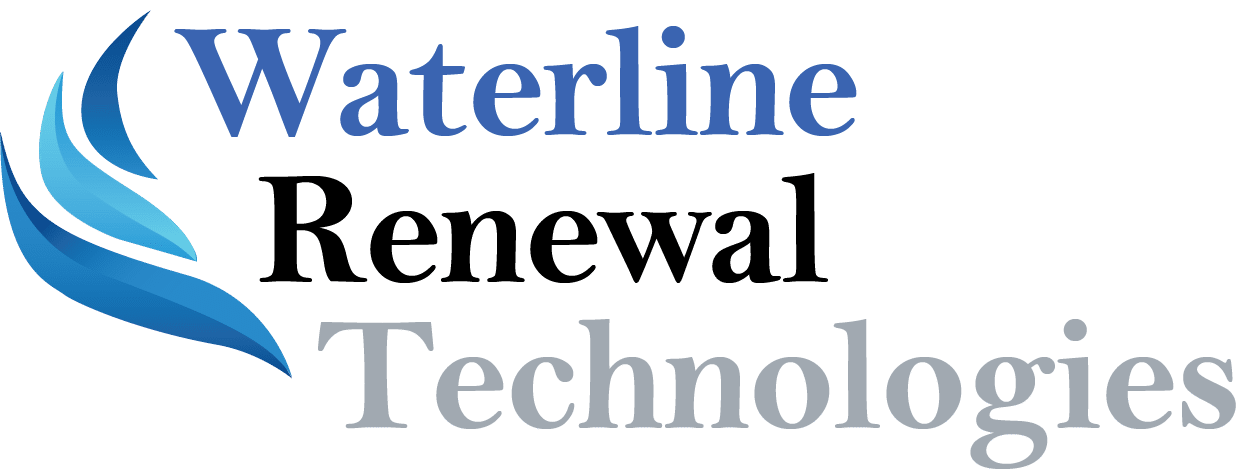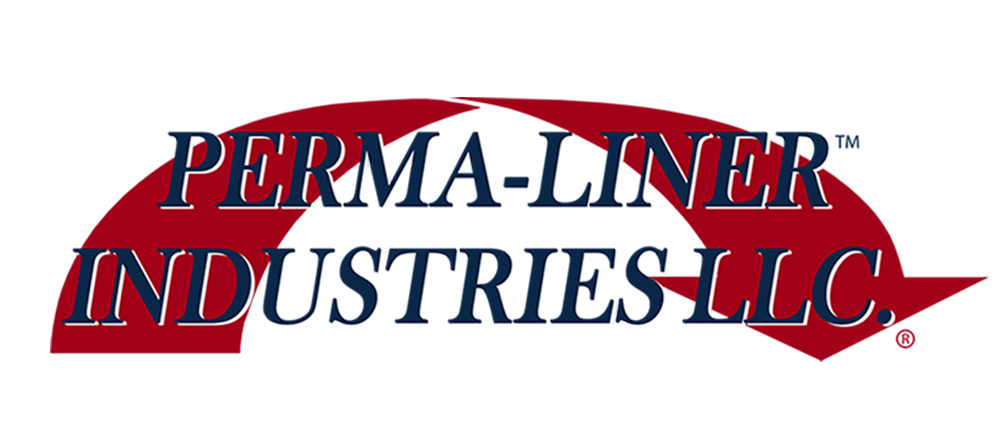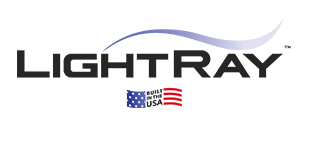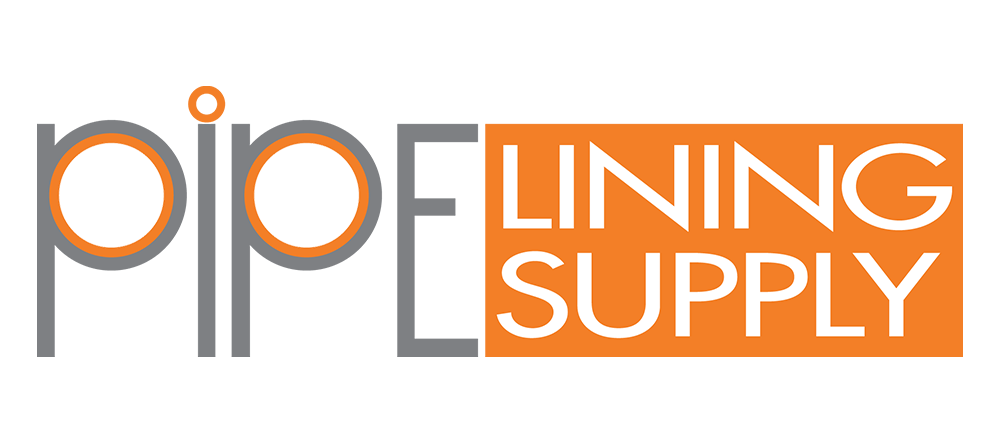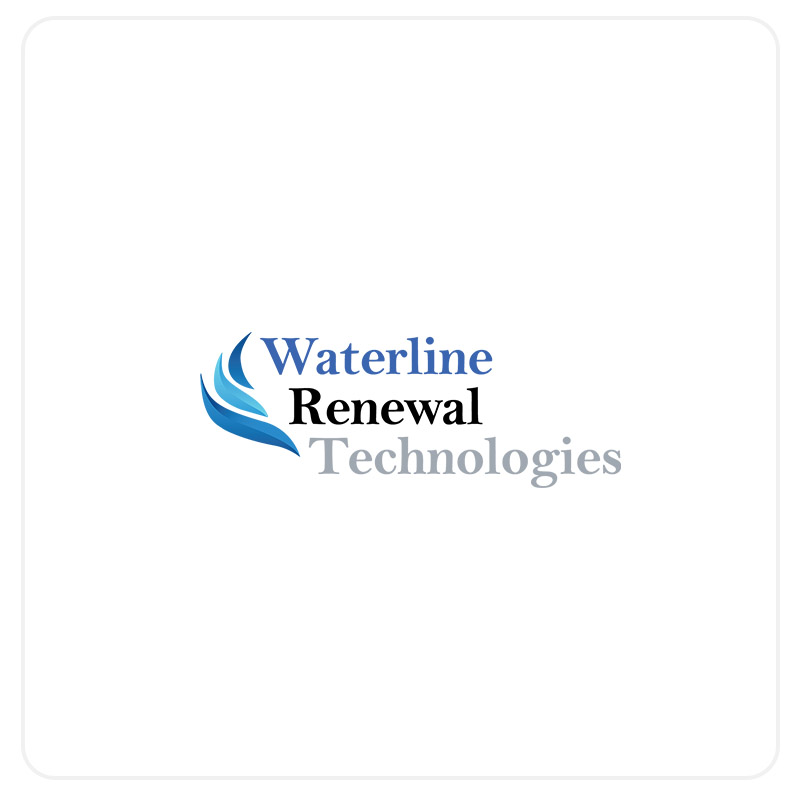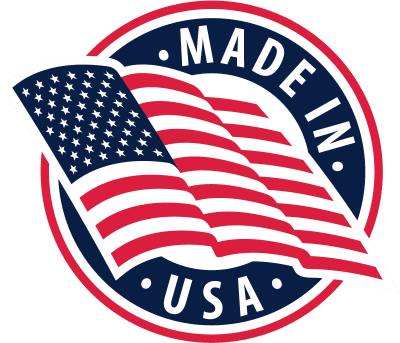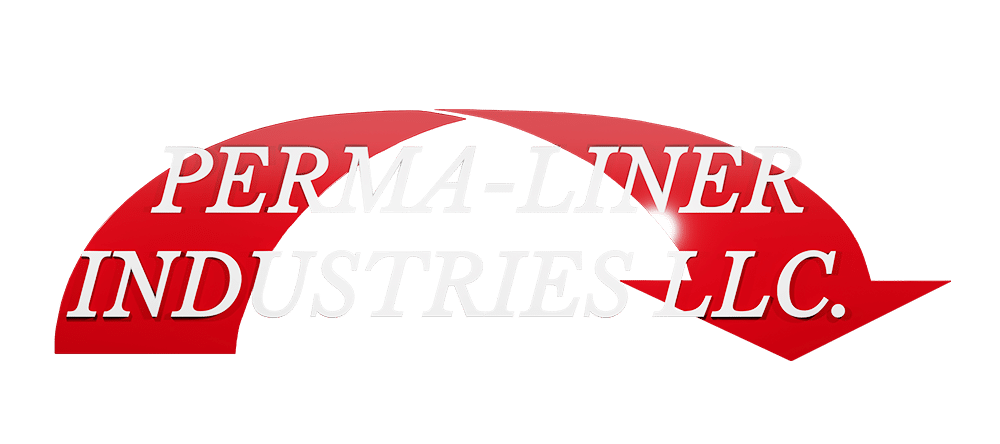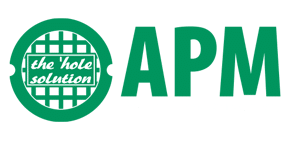Seventeen independent districts in the Los Angeles Sanitation Districts’ partnership are joined together to share a regional, interconnected sewage system called the Joint Outfall System (JOS). These 17 Sanitation Districts serve 73 cities and unincorporated areas of Los Angeles County. The JOS provides the benefit of local water control and the advantage of a shared regional sewer system. The JOS covers approximately 640 square miles, from the foothills of the San Gabriel Mountains in the north to San Pedro Bay in the south, and from the Los Angeles city limits on the west to the Los Angeles County border on the east.
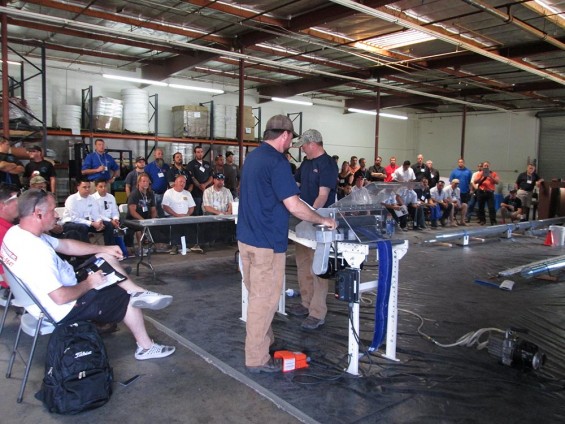
Approximately two-thirds of the wastewater in the JOS is treated at the JWPCP (Joint Water Pollution Control Plant) and is too salty for reuse without costly advanced treatment. The remaining one-third is treated at the Water Reclamation Plant’s and is available for reuse. Organic materials removed at the WRPs, along with the saltier wastes from industry, are transported by large trunk sewers to the JWPCP for treatment. The JWPCP, located in the city of Carson, is the Districts’ first facility and began operation in 1928. There are two tunnels connecting the plant to the ocean outfalls that were constructed in 1937 and 1958. The JWPCP has a capacity of 400 million gallons per day. The incoming wastewater is processed to a secondary treatment level. However, since the water has a high salt content, it is not readily reusable. After treatment, the water is discharged into the ocean through two 6-mile long tunnels that extend under the Palos Verdes Peninsula at White Point where they connect to ocean outfalls. Two outfalls that extend 1-1/2 miles into the ocean at a depth of approximately 200 feet are used to discharge treated wastewater, and two smaller outfalls are available for use during peak flow conditions.
